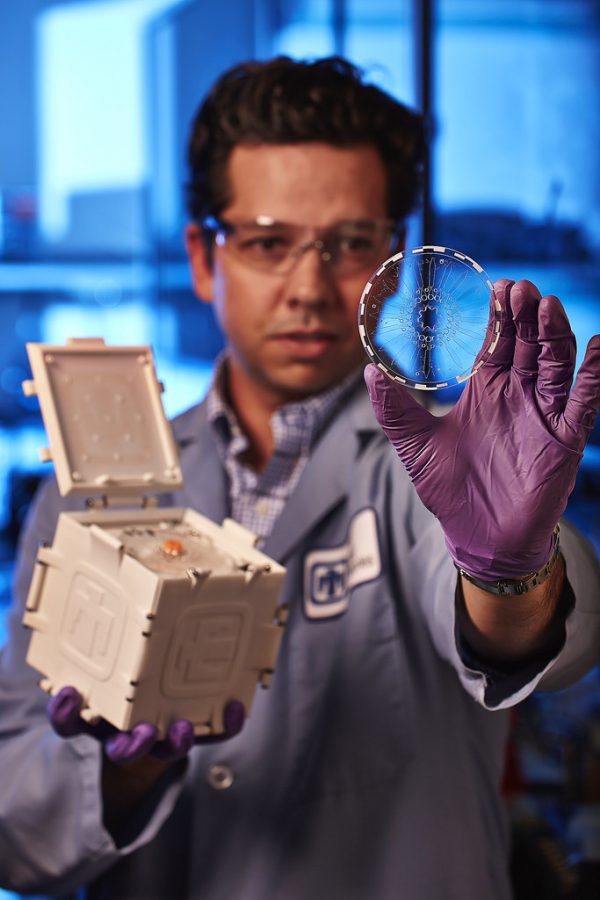3D Printing Medical Implants
New technique breaks the mold for 3D printing medical implants
Tissue engineering is a new science that intends to use the human body’s inherent capacity to mend itself to repair bone and muscle that has been lost due to tumors or injuries. The design and development of 3D printed scaffolds implanted in the body to assist cell regeneration have been a major focus for biomedical engineers. However, developing these structures tiny and complicated enough for cells to grow is still a major difficulty. a research team led by RMIT University, collaborating with physicians at St Vincent’s Hospital in Melbourne, Australia, has successfully overturned the traditional 3D printing methodology. Rather than fabricating the bioscaffolds directly, the scientists used 3D printing to create molds with elaborately designed holes filled with biocompatible materials before being dissolved. The scientists used an indirect way to construct fingernail-sized bioscaffolds with intricate structures that were previously thought to be difficult to print with ordinary 3D printers.
Related Stories:
https://www.sculpteo.com/en/3d-learning-hub/applications-of-3d-printing/medical-3d-printing/















